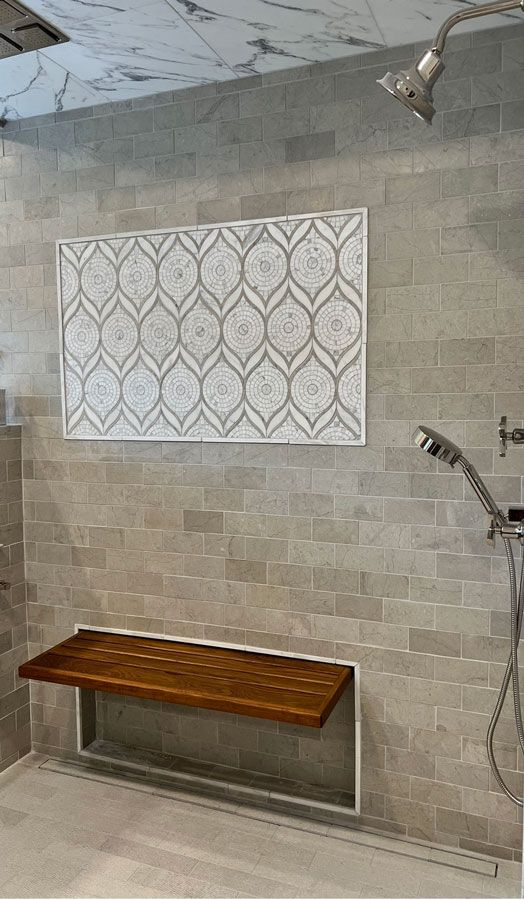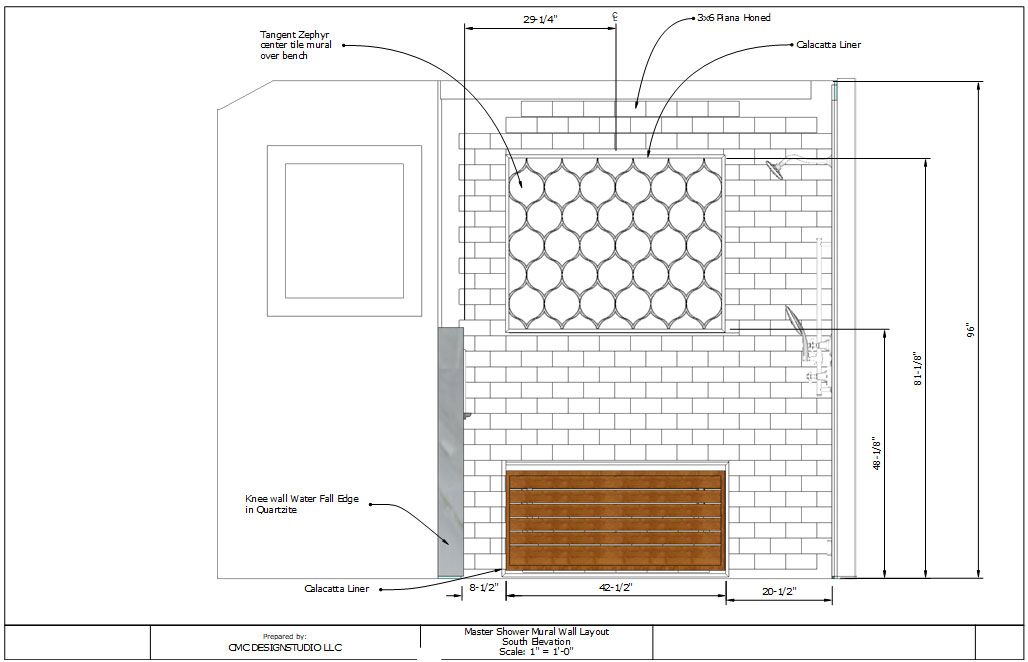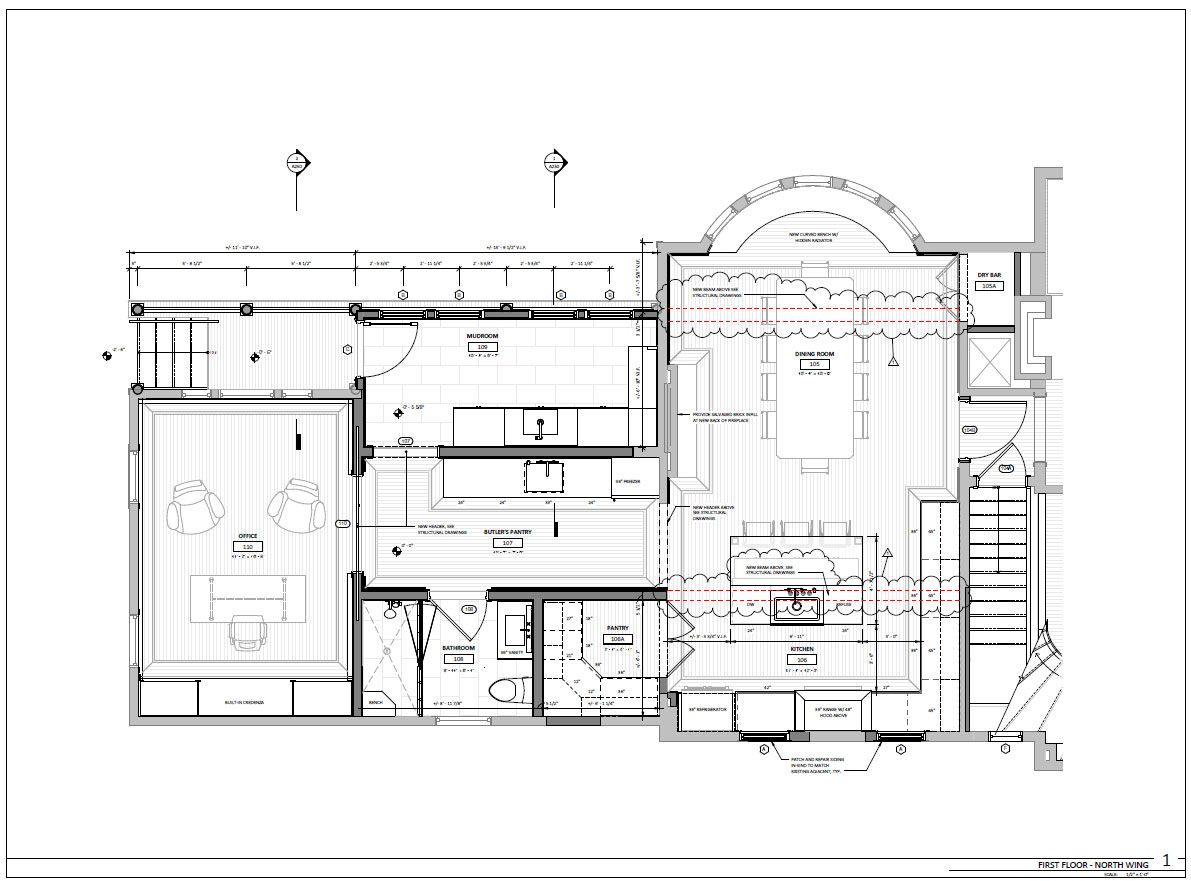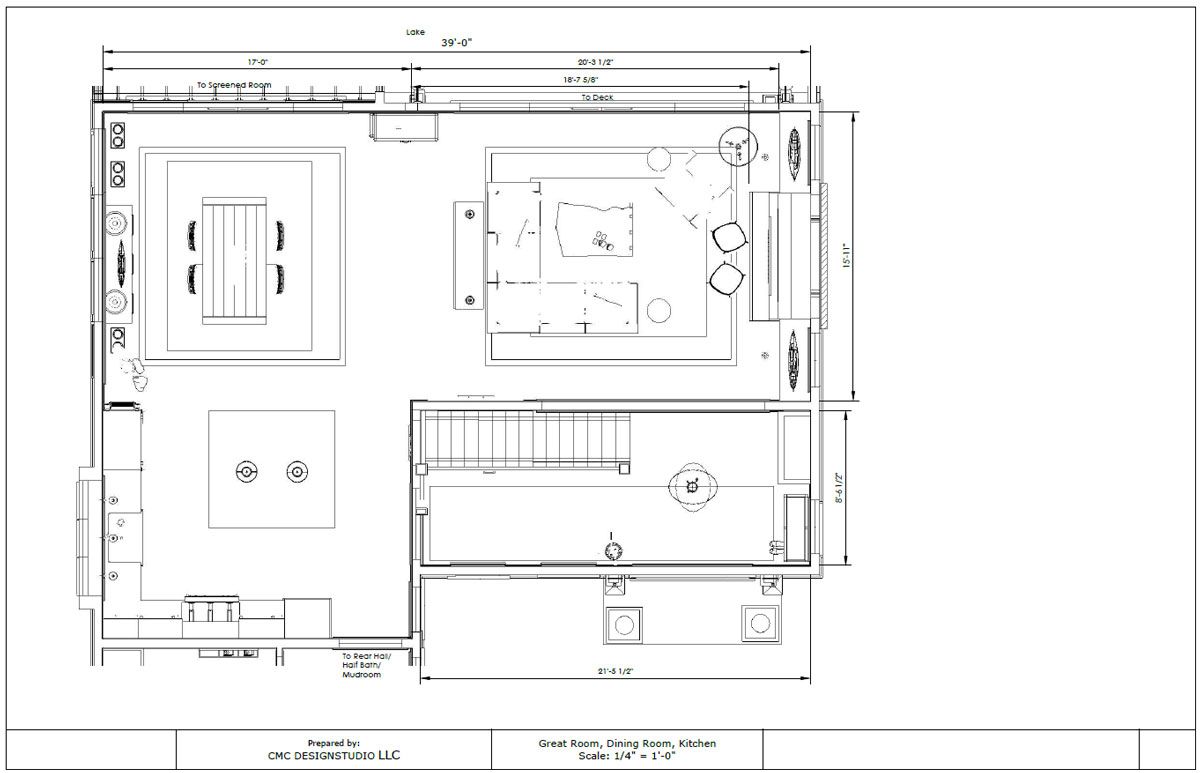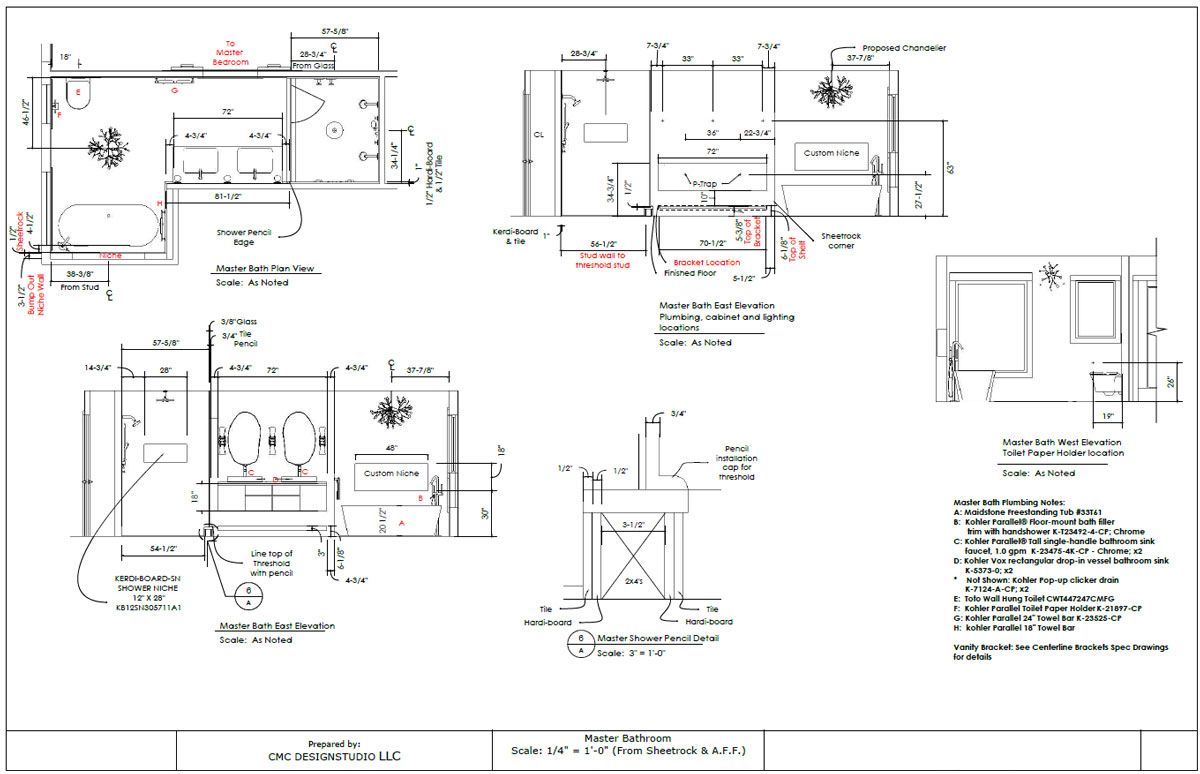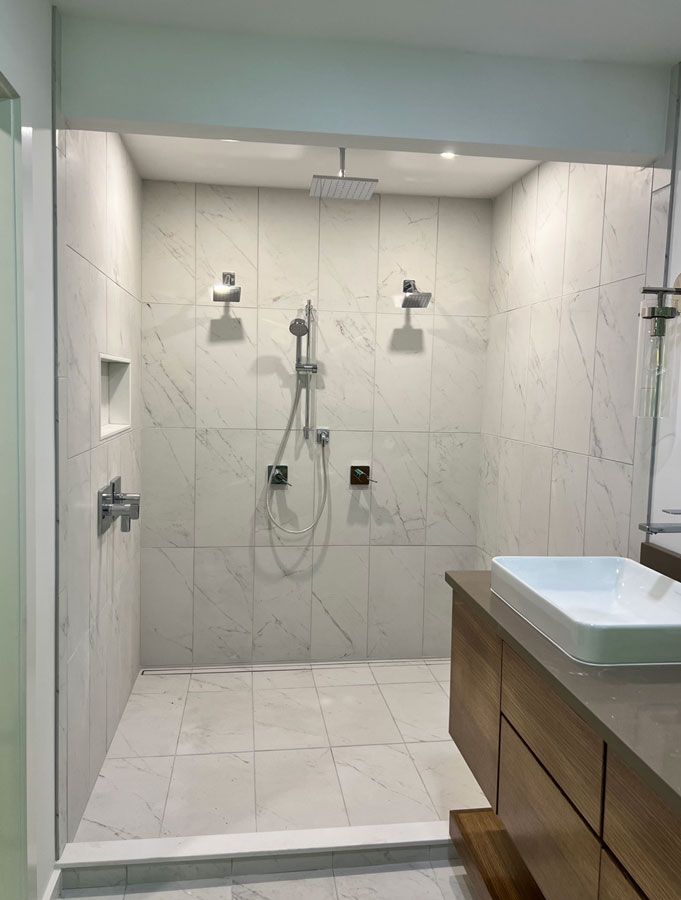The Value of Interior Design
Written by Colleen Coleman of CMC Design Studio LLC
Photos and Drawings by CMC Design studio LLC
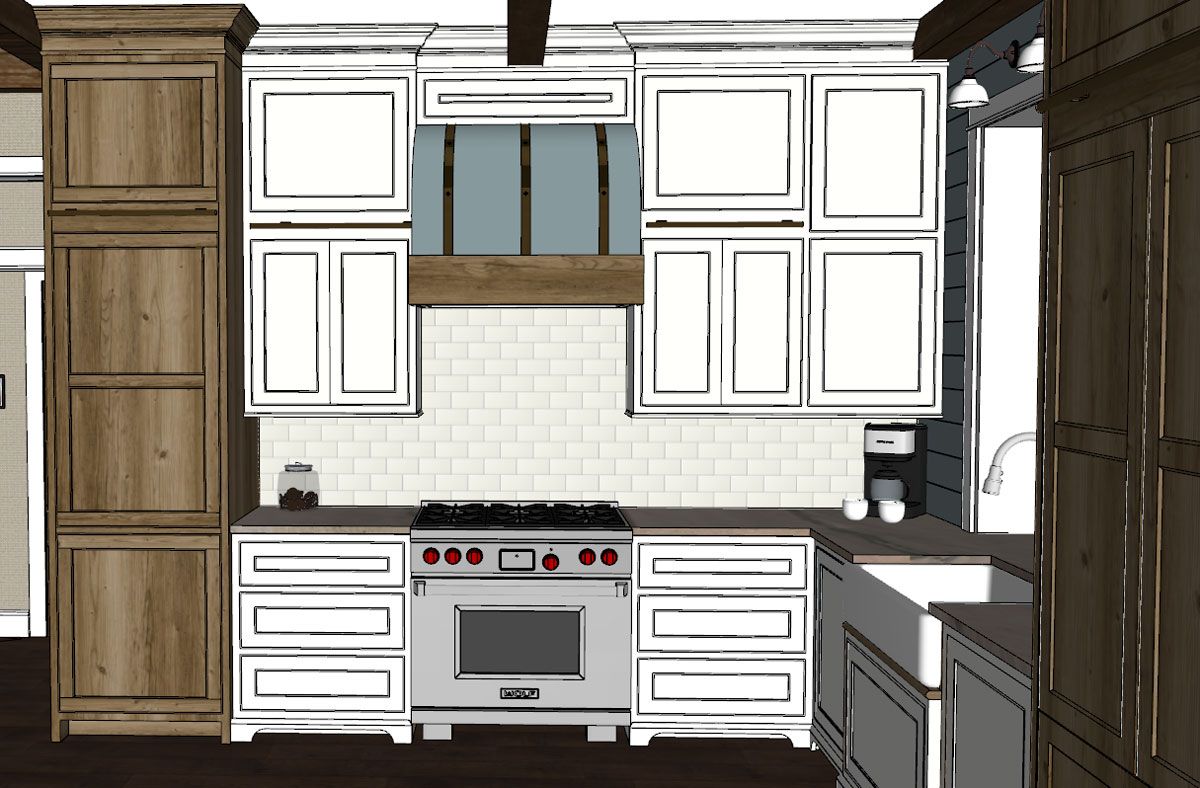
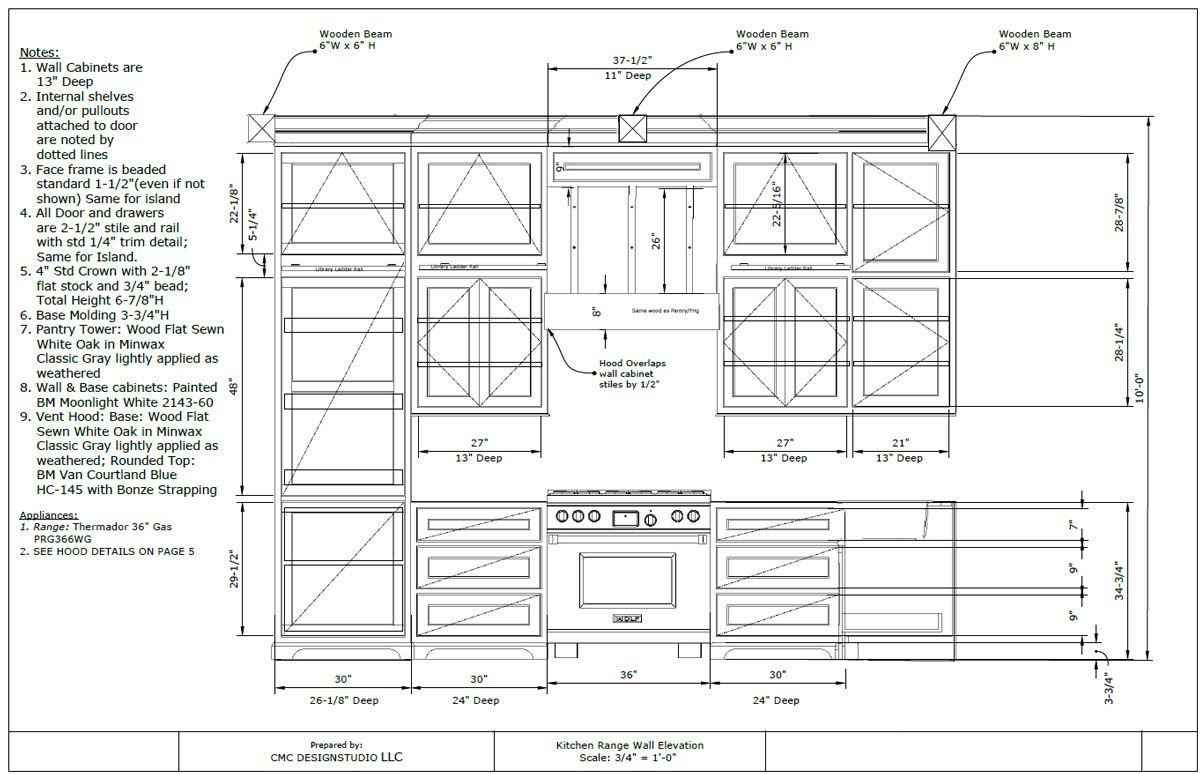
Interior Design, a well-known profession thanks to HGTV and superstars like Candice Olsen and Joanna Gaines. But have you ever considered the vast amount of work that happens behind the scenes that makes this glorified vocation a hard day’s work? As you walk through this year’s Showcase of Homes, I want to highlight the work that the interior designers contribute to the homes to make them sparkle! Oh yes, you see the furniture, artwork, and beautiful bedding, but I want to show you the elements that were deliberated over, long before the house was even constructed!
For starters, all the drawings that lay about a construction site are just as important to an interior designer as a builder. It’s the center meeting place of minds and communication. We all draw from the same source to understand where we meet in the middle to make our shared client elated with the outcome. It’s a collaboration of minds, so everyone needs to know how to read the roadmap!
Designers are also highly skilled at Space Planning which considers the purpose of space, who will use it and how. This very important process happens early on with an architect (best time to involve your designer) to ensure the space available is highly functional while honing in on building details best updated at the drawing phase, rather than during construction where the cost of nails and wood exceed that of an eraser.
For plumbing fixtures, a designer not only selects options that look appealing to the eye, but also the elements that make them function correctly. You see, the plumbing you see is only the surface, there are details involved between the 2x4s that are concealed but necessary for the experience the homeowner is looking to achieve. For instance, a shower stall with a rain head, hand-held shower and body spray all need to be choreographed to perform independently, together, or in tandem with other users in the same space. The amount of water all these heads produce must also be considered for proper drainage. The position and height are sometimes thought of as standard, but ask a 6’7” client if they were ever happy showering with a “standard” height shower head! With all these elements lined up, the interior designer must then draft drawings to communicate the location of each plumbing fixture, valves, any required electrical (hands free faucets or digital shower systems) and how they will function.
Tile is a significant portion of a bathroom as well as any wet area or high traffic opening. It’s a decorative element that can create drama, scenery, or simply set a bather at ease. Knowing the difference between tile thicknesses, their composition and installation proves to be very important in the final presentation. Floor tile and wall tile differ in slip resistance and are rated as such. Knowing which tile is best for your shower floor can make or break your daily dipping encounter. Be sure to look down at the tile floors in these homes, the backsplash areas and in the shower. Do you now see that a lot of attention was put into these spaces for performance as well as aesthetics?
Likewise, the lighting is a synchronized ebb and flow of design and materials but it’s so much deeper than that. Lighting can make or break all that has been designed around it. The light fixture itself must be harmonious with its surrounding and complement the overall “story” of a home. BUT…HOW it functions; the light color (Kelvin), brightness (lumens), the wattage of each bulb, beam spread of light, and one that confuses many homeowners…what type or shape of a lightbulb…that alone makes shoppers in the hardware store’s light bulb aisle shrug in frustration. I’ve seen it…I try to help when I can. But I’m not done…once all this is selected, now the designer needs to prepare a “Reflective Ceiling Plan” indicating where each light will live, how it will turn on and with what type of switch to make it function, sometimes down to the color of each electrical device (yes, there are many designer colors to choose from, not just white). Pay attention, you just might see this tiny detail in action!
